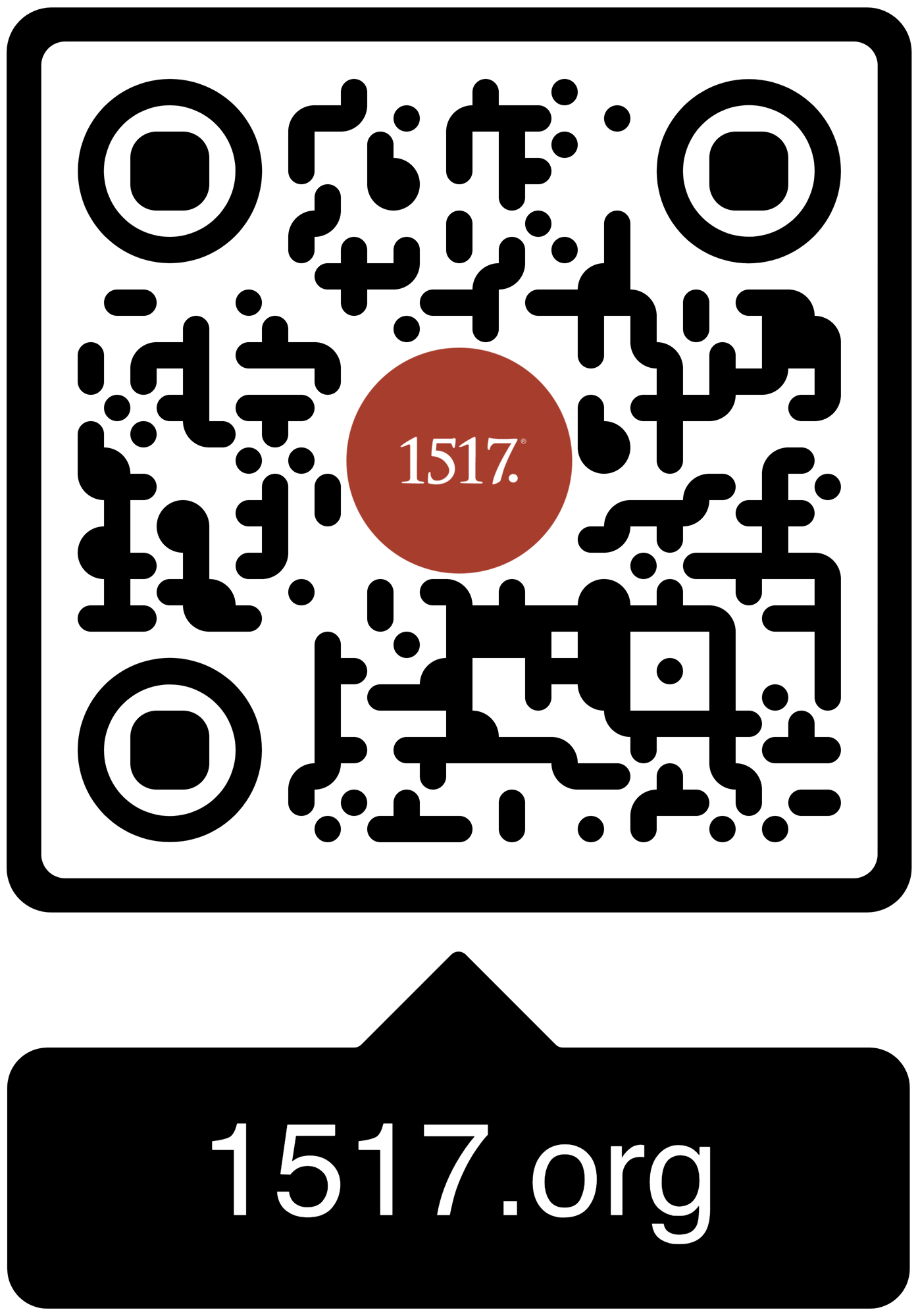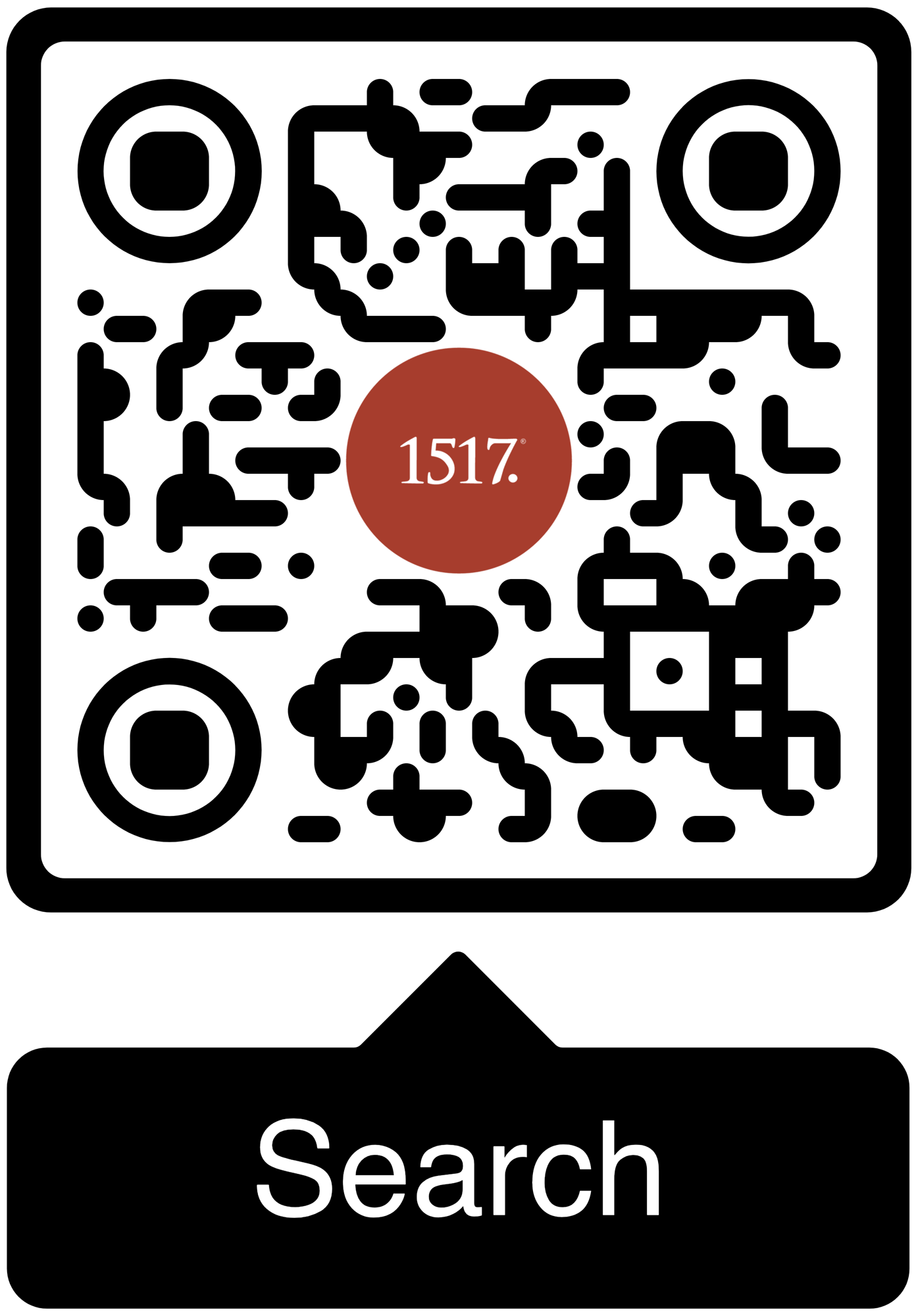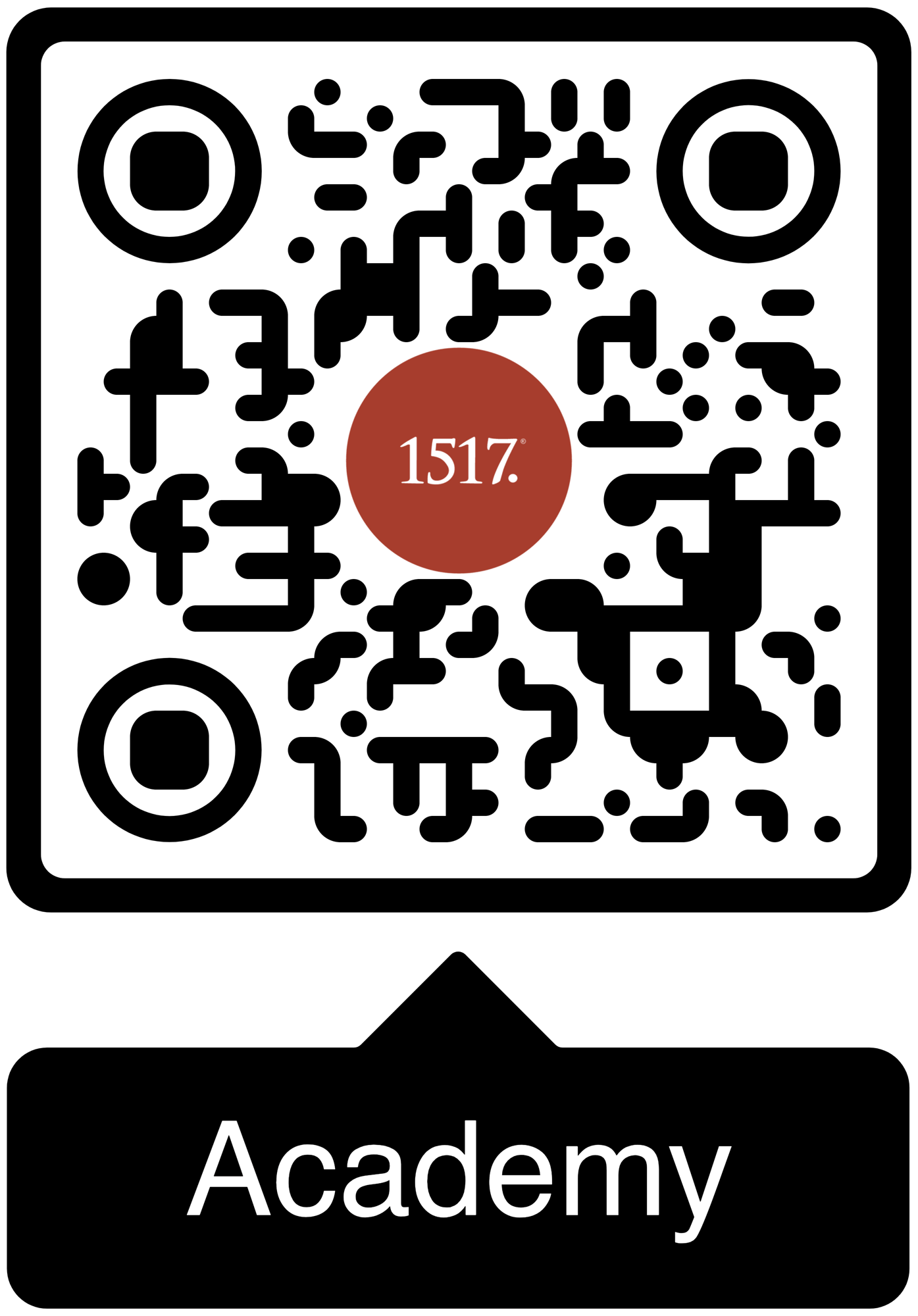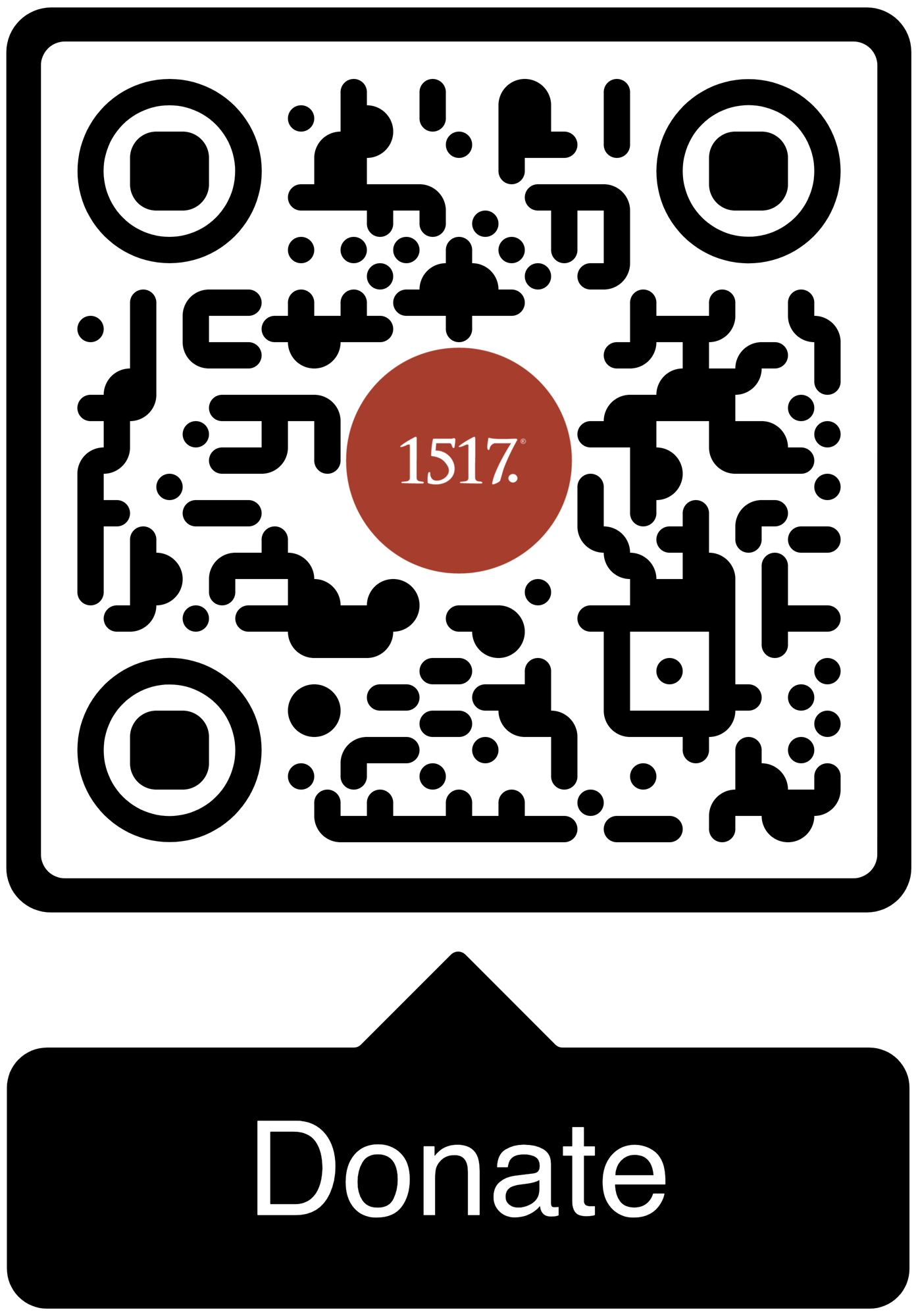Can we then honor Mary without falling into error? I believe we can by focusing on four things Scripture does teach about her.
If there is one thing Protestants know about Roman Catholics, it is that they really love the Virgin Mary. In fact, some Protestants mistakenly claim Catholics worship Mary (or perhaps they believe Catholics do this without realizing it). The Reformers attempted to correct what they saw as erroneous beliefs about Mary which had arisen apart from Scriptural teaching. As a result, Protestants have often been reluctant to say much of anything about her.
However, we need not shy away from what is clearly revealed in God’s Word. Just after one of her traditional feast days (the Feast of the Assumption), let us consider what the Roman Catholic Church teaches about Mary, why we deny some of it, and what we ought to confess.
The Marian Dogmas
The Catholic Church has identified four dogmas which believers must confess about Mary to be fully orthodox.
- Divine Maternity – Mary was Theotokos (i.e. “God-bearer”), mother of the Second Person of the Trinity according to his humanity. The title does not signify that Mary is divine or somehow created God, but that the child created within her was God. This doctrine has been confessed by all orthodox Christians since the first centuries of the church. It has strong Scriptural support.
- Perpetual Virginity – Not only was Mary a virgin before the birth of Christ, such that his conception occurred apart from sexual intercourse, but she remained a virgin until the end of her life. This doctrine was confessed by many of the church fathers, then held by all orthodox Christians until the time of the Reformation following its recognition at the Second Council of Constantinople (A.D. 553 and the fifth of seven ecumenical councils). However, Scripture says little about Mary’s status following the birth of Christ.
- Immaculate Conception – Christ had to be born without original sin to be our perfect Savior. Because sin is passed down from parent to child, it was necessary for the atoning work of Christ to be applied to Mary preemptively so she could be born without original sin herself. Therefore, she still needed Christ for salvation, but she did not commit sins at any point in her life. This doctrine is seen to follow logically from Scriptural teachings, and it was promulgated as early as St. Augustine of Hippo, but there was some variation of opinions among orthodox Christians throughout the medieval period.
- Bodily Assumption – Because Mary was free of sin, her flesh did not decay in line with the curse of sin. Rather, she was assumed into heaven and dwells there in body and soul. This doctrine is seen to follow logically from the Immaculate Conception, but Scripture is silent on the issue. It arose out of early church tradition, and while it does not appear in the works of the church fathers, it was held universally throughout the medieval period.
While these four Marian Dogmas were only codified together in the 20th century, they had majority support from the early medieval period. However, except for Mary being the mother of God, there is little Scriptural support for these doctrines, and two were never considered by an ecumenical council.
To the four Marian Dogmas we may add the issues of veneration and invocation of the saints, which were approved by the Second Council of Nicaea (A.D. 787), the final of seven ecumenical councils. These practices are not modeled in Scripture and seem to violate scriptural principles by looking to a secondary mediator rather than Jesus Christ himself (1 Tim. 2:5) and offering adoration to creatures rather than the Creator (Rom. 1:25).
While those who venerate Mary do not intend to worship her, the orientation of our minds and bodies shapes us in ways we can scarcely grasp, altering our worship. If Mary is always front and center (both mentally and visually) and if we are behaving toward her in ways that are reminiscent of the worship we grant to the Son of God, then our hearts may slip into idolatry. Even the most glorious of God’s creatures must not be accorded anything like the regard we give to God himself.
Can we then honor Mary without falling into error? I believe we can by focusing on four things Scripture does teach about her.
Mother of God
The Council of Ephesus held in A.D. 431 did no wrong when it declared Mary Theotokos. They granted her this title in response to the heresy of Nestorius, who suggested Mary had given birth to the humanity of Christ alone, thus placing too great a divide within the hypostatic union and compromising it doctrinally.
As the angel Gabriel told Mary, “The Holy Spirit will come upon you, and the power of the Most High will overshadow you; therefore the child to be born will be called holy—the Son of God” (Luke 1:35). Likewise, St. Paul writes, “But when the fullness of time had come, God sent forth his Son, born of woman, born under the law…” (Gal. 4:4)
Elsewhere, Paul speaks of Christ, “who, though he was in the form of God, did not count equality with God a thing to be grasped, but emptied himself, by taking the form of a servant, being born in the likeness of men” (Phil. 2:6), thus signifying the full divinity of Mary’s child. When we confess that Mary is the mother of God, we confess nothing other than what Christ himself claimed: that he was equal to God (John 5:18).
New Eve
Around Christmas each year, the artwork Mary and Eve makes the rounds on social media. In it, Mary places a comforting hand on her ancient matriarch while crushing a snake beneath her foot. Her enlarged belly reveals that she is pregnant with her son Jesus.
While Scripture never refers to Mary directly as the new and better Eve, it implies as much due to a prophecy in Genesis chapter 3, immediately following Eve’s fall into sin.
“I will put enmity between you and the woman,
and between your offspring and her offspring;
he shall bruise your head,
and you shall bruise his heel” (Gen. 3:15).
God declares that a descendant of Eve will one day crush the serpent who deceived her. This is the earliest proclamation of the gospel. Adam soon calls his wife Eve “the mother of all the living” (Gen. 3:20), and the story of the Old Testament largely follows the redemptive bloodline that will bring forth the promised Messiah, Jesus Christ. It is Mary who comes last in this line of life-giving women, bearing the seed of Eve who will crush the serpent. That is why we can consider her the new Eve through whom the promise to Eve is fulfilled.
Virgin
Many early Protestant Reformers (including Martin Luther and Philip Melanchthon) believed Mary remained a virgin her entire life, in line with the majority of historic theologians. However, given that the Bible says little about Mary following Christ’s birth and only declares Joseph “knew her not until she had given birth to a son” (Matt. 1:25), the Reformers did not always see this as a test of orthodoxy, and it is absent from many Reformation era confessions of faith.
However, the Reformers emphatically affirmed that Mary was a virgin prior to the birth of Christ. This doctrine is not only a key part of the Apostles’ and Nicene Creeds: it has strong Scriptural support and theological significance. When Gabriel announces to Mary that she will bear a son, Mary asks, “How will this be, since I am a virgin?” (Luke 1:34) Gabriel then clarifies that, “The Holy Spirit will come upon you, and the power of the Most High will overshadow you; therefore the child to be born will be called holy—the Son of God” (v. 35).
Likewise, Matthew’s Gospel recounts how Joseph was told in a vision, “do not fear to take Mary as your wife, for that which is conceived in her is from the Holy Spirit” (1:20). Matthew then references a prophecy given to Isaiah:
“Behold, the virgin shall conceive and bear a son,
and they shall call his name Immanuel” (Matt. 1:23, quoting Isa. 7:14)
The virgin birth of Christ was necessary to protect him from original sin. Scripture does not clarify exactly how original sin is passed down, except that it comes from Adam (Rom. 5:12f). By a miracle of the Holy Spirit, the virgin birth of Christ prevented the standard transmission of original sin and emphasized the importance of God the Father as Father of the Son. It also testified to the miraculous nature of the Incarnation and its uniqueness in redemptive history: God was creating anew.
Symbol of the Church
Christ was made incarnate within Mary. Therefore, she brought forth the gospel. Like the ark of Noah, salvation was found in the protection of her womb. Like the Church now does at every celebration of a sacrament, she gave Christ himself to the world.
Also like the Church, Mary was united with the Incarnate Son of God. She is symbolic of both the ancient nation of Israel and the Church, as we see in a vision from the Book of Revelation.
“And a great sign appeared in heaven: a woman clothed with the sun, with the moon under her feet, and on her head a crown of twelve stars. She was pregnant and was crying out in birth pains and the agony of giving birth. And another sign appeared in heaven: behold, a great red dragon…And the dragon stood before the woman who was about to give birth, so that when she bore her child he might devour it. She gave birth to a male child, one who is to rule all the nations with a rod of iron, but her child was caught up to God and to his throne…” (Rev. 12:1-5)
Is this woman Israel or the Church? Do the stars represent the twelve tribes or the twelve apostles? Or is she simply Mary, who literally gave birth to the child who would one day rule the nations? The ambiguity is likely purposeful, for Mary is a symbol of both Israel and the church, the two entities through which God has historically brought Christ and his gospel to the world.
None of this means we should venerate Mary. She was a human woman who needed the salvation of her son, even as she seems to have received God’s favor. But in the providence of God, Mary played an important role in bringing salvation to the world. We must acknowledge that to have a proper understanding of redemptive history and the way God works in our lives.





